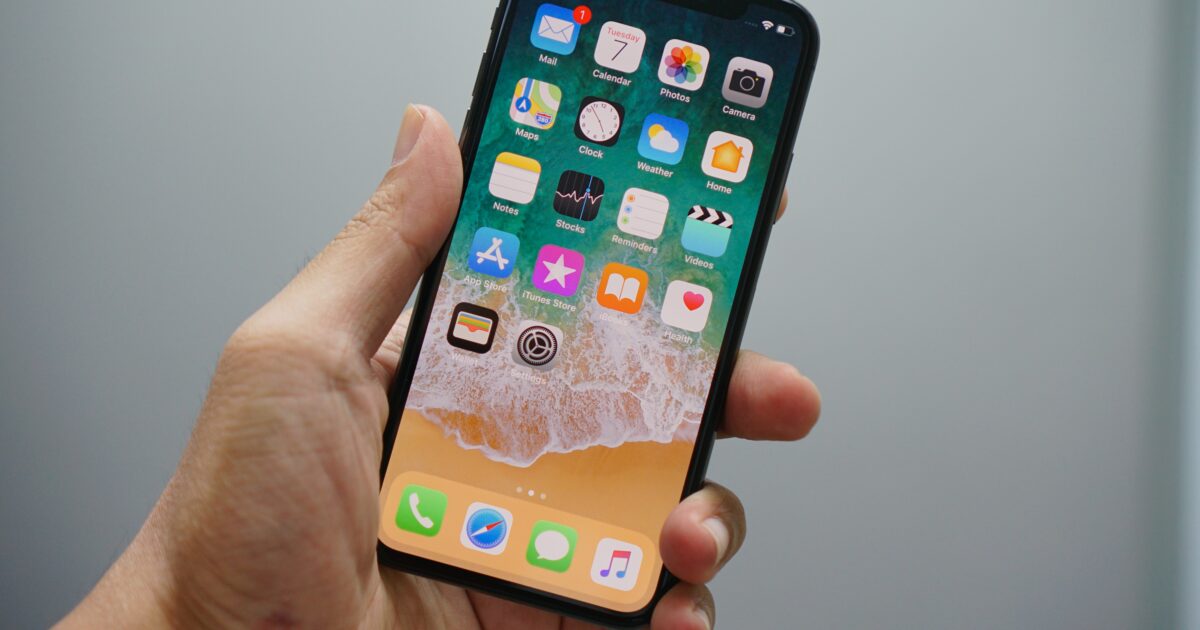Last month, Apple announced that in their upcoming iOS 16 release, iMessage will include the ability to unsend (or “recall”) messages, as well as edit messages after sending.
Naturally, our first reaction to this announcement was to ask ourselves: “How will these new features impact iMessage discovery?” This question was followed only by a further waterfall of questions: “Could these features be used to hide evidence? Would unsent or original messages that were later edited be preserved for collection? If so, on a device? Whose device?”
To fully explore the answers to these questions, we’ve examined the implications of text messages in past court rulings, as well as similar messaging functionality in platforms like Teams and Slack, which allow edits and insight into deleted and hidden content through features like tracked changes.
Text Messages in Court Rulings
During our research, we found numerous cases citing that the ability to delete and unsend discovery could have led to a different outcome at trial. Text messages like iMessage have been our constant companion and often primary mode of communication for over a decade. In many ways, text messages provide the contextual story of our lives, so it shouldn’t surprise anyone to learn that many legal cases and criminal convictions hinge on text message discovery. For example:
- Text messages resulted in the conviction of Detroit Mayor, Kwame Kilpatrick, for perjury and breaking whistle blowing law in 2008. Kilpatrick was ordered to pay $6.5 million in damages.
- Michelle Carter was found guilty of manslaughter in 2014 in a case that hinged on text message evidence encouraging her then boyfriend to commit suicide.
- The New England Patriots were properly shamed in 2015 for the “deflategate” cheating scandal when text message evidence was used to prove the deliberate manipulation of football air pressure during the AFC championship game.
- In 2018, text messages proved vital evidence in the investigation of former police officers in Canada who were convicted of sexual offenses, further victimizing domestic violence victims who they were supposed to be protecting.
In each of these cases, investigations, charges, and convictions were all triggered by text messages. Could these outcomes have changed with the ability to unsend or edit text messages?
There’s been much discussion of the legal implications of the new iMessage recall and edit features amongst attorneys and victim advocates in family law, sexual harassment, and domestic violence.
- Text messages are often the primary evidence in domestic violence cases, providing powerful contextual evidence when they are not fully cataloguing the violence itself.
- Text messages can play a significant role in divorce and child custody cases as well. Shortly after Apple announced this feature, Ohio family lawyer Jennifer Nielson encouraged her clients to turn off iMessage to prevent partners from being able to use these features against them.
If you are in family litigation, TURN OFF iMESSAGES. @Apple‘s new iOS update will allow people to change or delete messages up to 15 minutes after they send it, which is a TERRIBLE thing if you are relying on text message evidence to protect yourself or your kids in court. pic.twitter.com/Scsr3vw2Kg
— Jennifer Nielsen, Esq. (@FamilyLawOhio) June 8, 2022
- Victim advocates are not taking Apple’s latest feature update lightly; attorney Michelle Simpson Tuegel wrote a letter to Apple CEO Tim Cook, asking him to reconsider the impact of these features on victims of sexual harassment and abuse.
Exploring Similar Messaging Services
The impact of iMessages on litigation is certain, therefore, the concern about the ability to unsend and edit (or effectively, to erase and obfuscate) iMessage content is reasonable. Apple has considered these implications to some degree in the functional design of the unsend and edit features: an edited message will be marked with a small “Edited” notation on the bottom of the message, and the availability of the edit and unsend features are limited to the 15 minutes after a message is sent.
What’s not clear is if the message edits will be visible in the iMessage interface. An inability to view audits in the iMessage interface doesn’t necessarily mean an audit trail won’t be preserved for discovery. It’s possible that the recalled or edited message will still be retained by the device or carrier for at least some time following its modification or recall.
The best-case scenario for discovery and general transparency is if Apple opts to parallel messaging and social media tools like Facebook and Slack, which both allow message editing, clearly label edited messages/posts in the interface, and allow users to view edits directly. Edits in these platforms are also extractable as additional metadata.
Microsoft Teams also allows users to edit and delete messages within its interface. In Teams, like Facebook and Slack, an “Edited” note appears in the edited chat bubble; however, unlike in Facebook and Slack, users are unable to view the original content of an edited message from the Teams interface. Teams does, however, capture and retain original messages and edit logs as additional extractable metadata stored similarly to Track Changes audits across other Microsoft Office applications.
Apple could also choose to mimic Snapchat, a social media and messaging application most well-known for its disappearing messages. Of course, we all learned Snapchat messages never really disappear, as Snapchat itself saves them and makes them recoverable by forensic collection.
Users can already delete iMessages from their own devices. Not only can these deleted messages still be collected, but Apple flags them as deleted in the metadata. It’s possible Apple will use this same construct for recalled, unsent, or edited messages. With this history, we know at a minimum we can expect Apple to populate a metadata flag indicating the existence of an unsent message in the iMessage chronology, and another indication if messages have been edited.
Planning for the Release
The iOS 16 upgrade including these features was released in beta on July 12th and will be released to the public for iPhone 8 or higher later this fall. As general users, legal and discovery professionals alike await the final release to learn the long-term impact and implementation of iMessage recall and edit features, we should begin to consider workflow and technological efficiencies to ensure that any hidden content, such as iMessage edit logs or metadata flags for unsent or edited messages are readily searchable and prominently displayed in our review of iMessages.
To echo family lawyer Jennifer Nielson’s point above, iMessage features such as unsend and edit remain only accessible to iMessage users. If you find yourself in a position where you fear these features can be used against you or your company, you always have the option to revert to SMS messaging in your iPhone settings.


